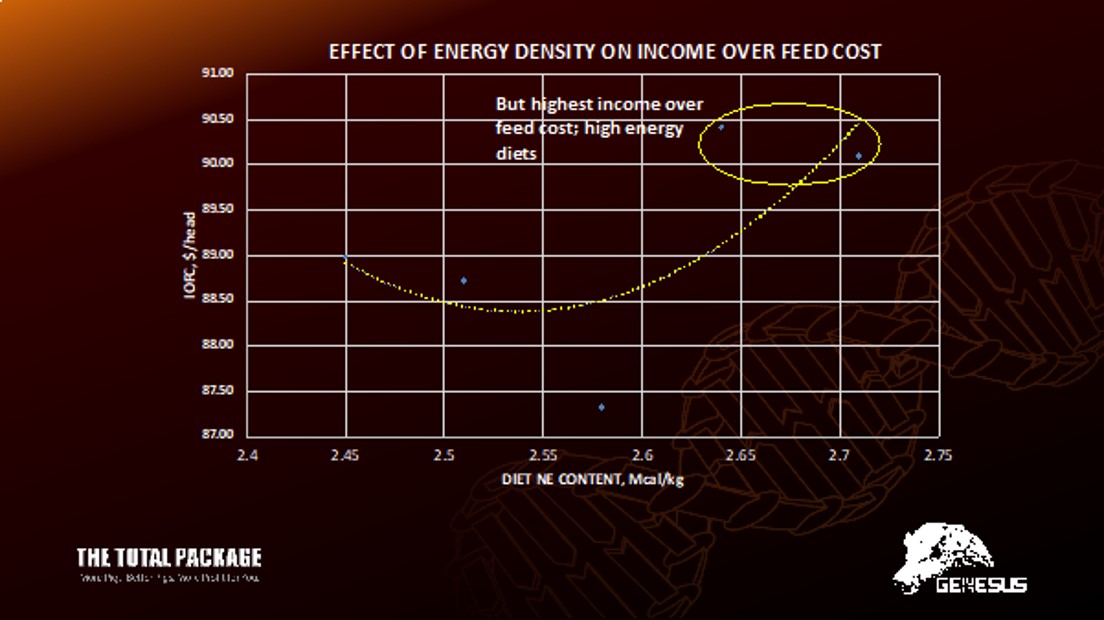



Do we manage the pigs or the farm?
This may seem a really stupid question. Of course in live pig production we are managing pigs! But are we?We are in business to make a profit and to make this profit as big as we can. Profit requires income, which means sales. Pig production is a really simple business. We sell only one thing, which is kilograms.
To maximise income, we need to maximise kg sold and or value of kg sold; ideally both. So, what are the limiting factors for sales of kilograms? This is where we normally start thinking pigs weaned per sow per year; mortality; growth rate, etc. as the really important factors. Yes, they are all factors, but not the first limiting factors.
Just like every business in the world, the first limiting factor is time. 60 seconds in a minute, 60 minutes in an hour, 24 hours in a day, 7 days in a week and 365 days in a year! There is nothing we can do to change this!
Just like many other businesses, we have space as a limiting factor. This is the space we have to grow pigs in our nursery and finisher pens. How like other industries? Aviation, space (number of seats and planes) and time, restaurants, space (number of seats) and time. Retail, space (m2 of shelf and floor space) and time.
So, we are managing space and time. The measurement of this space and time is kg sold/m2 of space in nursery and finisher/year. The pigs are what passes through our farms in time. My estimation is that today's maximum kilograms sold/m2 is in the 580 kg to 590 kg per year. We have a Russian customer currently producing 545 kg per year. Understanding this is basic to understanding how we manage our farms and what our priorities are. Very simply:
- Filling all the available space in nursery and finisher with growing pigs.
- Fastest growth/m2.
- Minimise the time that the space is empty for sales and washing.
Once this is understood, we now know the function of the sow herd. Again, this is simple:
- Produce enough weaned piglets so finisher is 100 percent full when room is sold.
- Produce weaned piglets with the highest potential for growth (Genetics and health).
This is a simple mathematical calculation. Once you know the target to wean, take weaned per so farrowed and this will give you total number of sows to farrow (this may vary with seasons so may be a moving target). Using farrowing rate you can calculate how many to breed. This will also be seasonal and need to be varied.
Lowest cost or highest profit?
Another stupid question? Of-course lowest cost will mean highest profit, we all know that. Once again, does it?
Here again, we need to first look at other industries and even to a degree our own. Is the car that is the cheapest to produce the most profitable to sell? Do the restaurants with the lowest costs make the most profit. Do the lowest cost cuts of pork make the most profit/m2 of supermarket shelf?
Of course, when it comes to non-production costs like bank interest, depreciation, waste disposal, administration, and management then these should always be minimised. Non-production costs are ones that have zero effect on kg sold.
Direct production costs, we need to look at cost vs return. What is the cost of this product or cost to do a task, vs the number of kilograms it will produce? If the cost is more than the value of the kilograms produced then do not do or buy!
A big example is feed. Many people obsess over FCR as the “be all and end all” number that matters. FCR as a stand-alone number for comparison of farms really means very little! It is affected by many things, raw materials, chosen energy level, genetics, slaughter weight, feeder design, wet or dry feeding, pellet or mash feeding, health, vaccinations to name but a few!
The really important number when it comes to feed is “margin over feed”. This is directly linked to profit as in reality it is only feed that is a variable cost (what do you save if you reduce slaughter weight by one kilogram?).
With feed you really do need to decide lowest cost or maximum profit, according to Genesus' latest research at Rock Lake. Feeding lower energy (cheaper) finisher diets will give you the lowest cost of gain.

© Genesus
However, feeding higher energy (more expensive) diets gives you highest margin over feed.

© Genesus
This is because of the effect of higher energy diets on growth rate and lower FCR.
More kilograms = higher income!
Think maximum profit - maximise kg/m2 and look at the effect of ‘cheapest’ diets.









